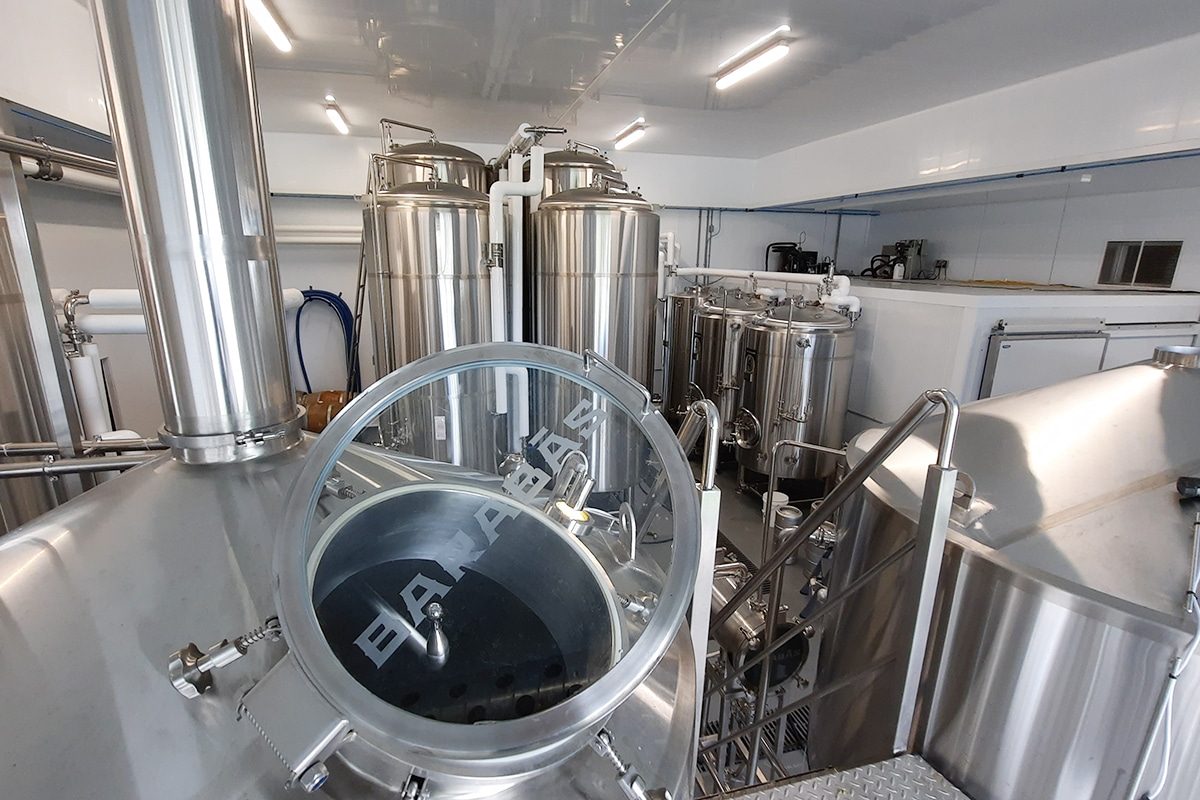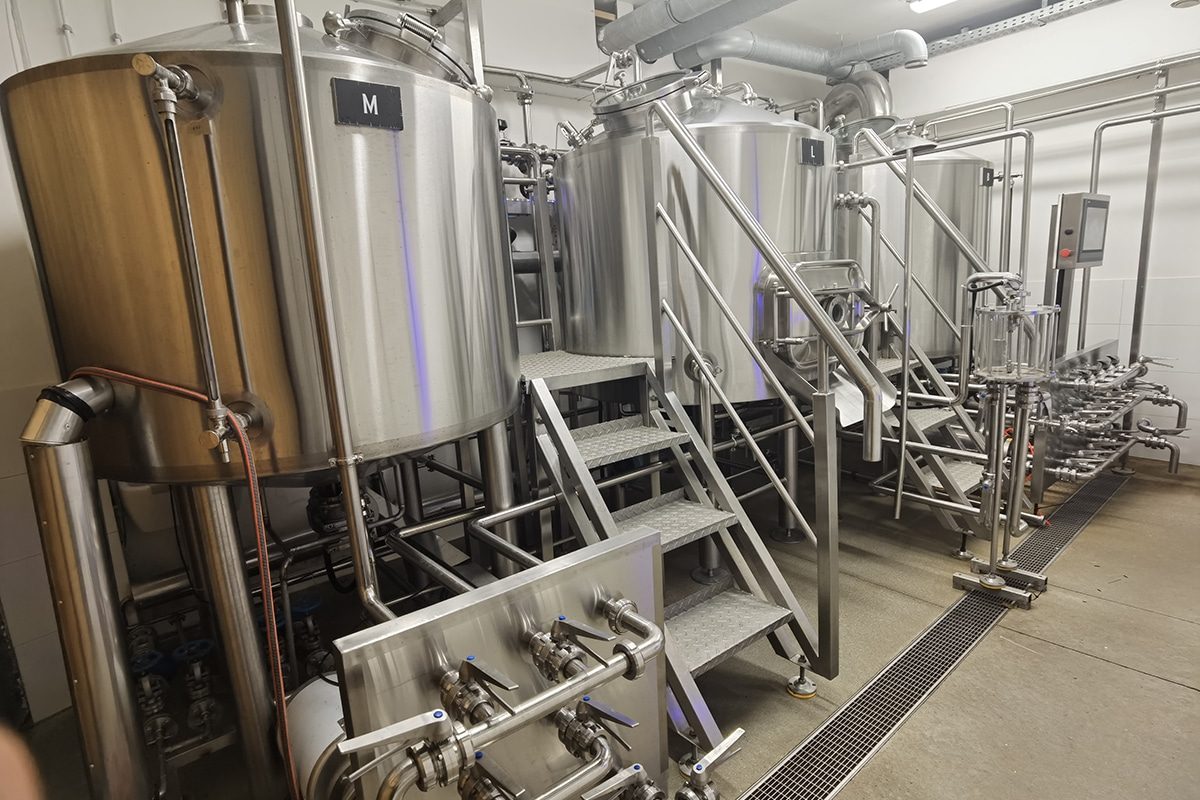
What Is The Role of Brewhouse Equipment in Brewery?
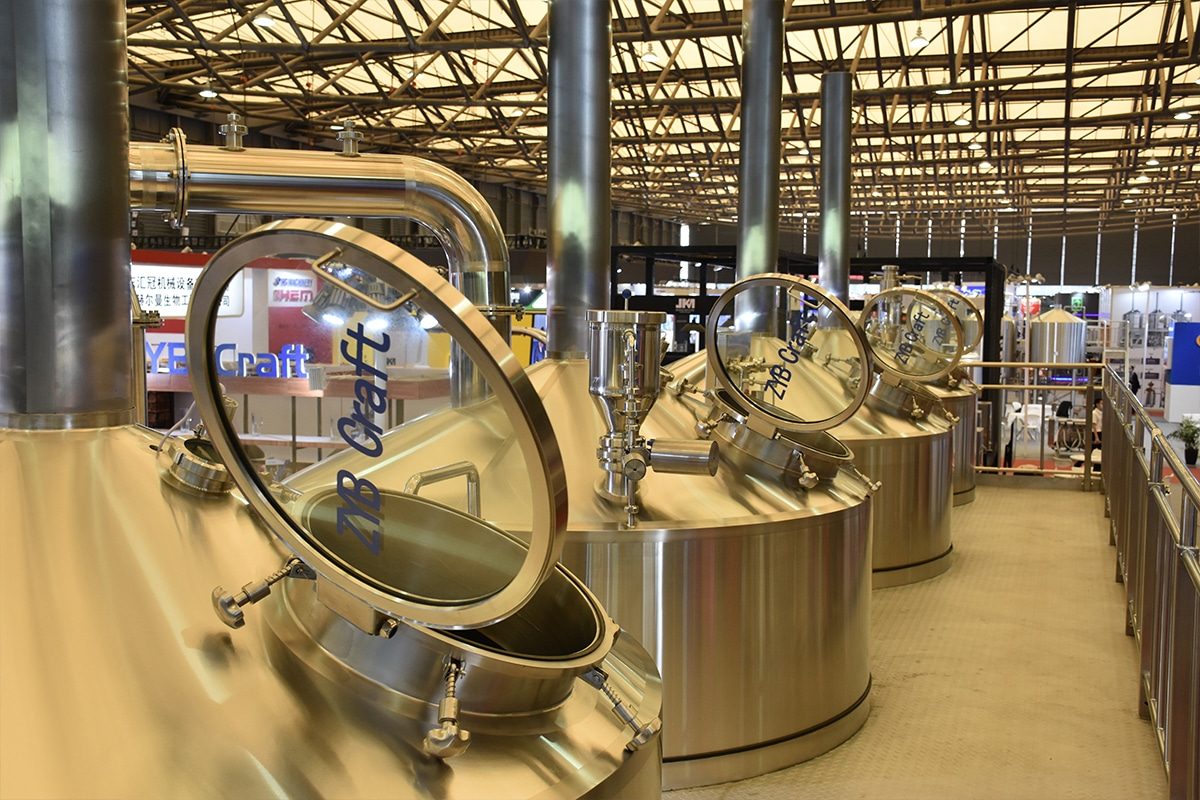
Introduction to the Brewhouse Equipment
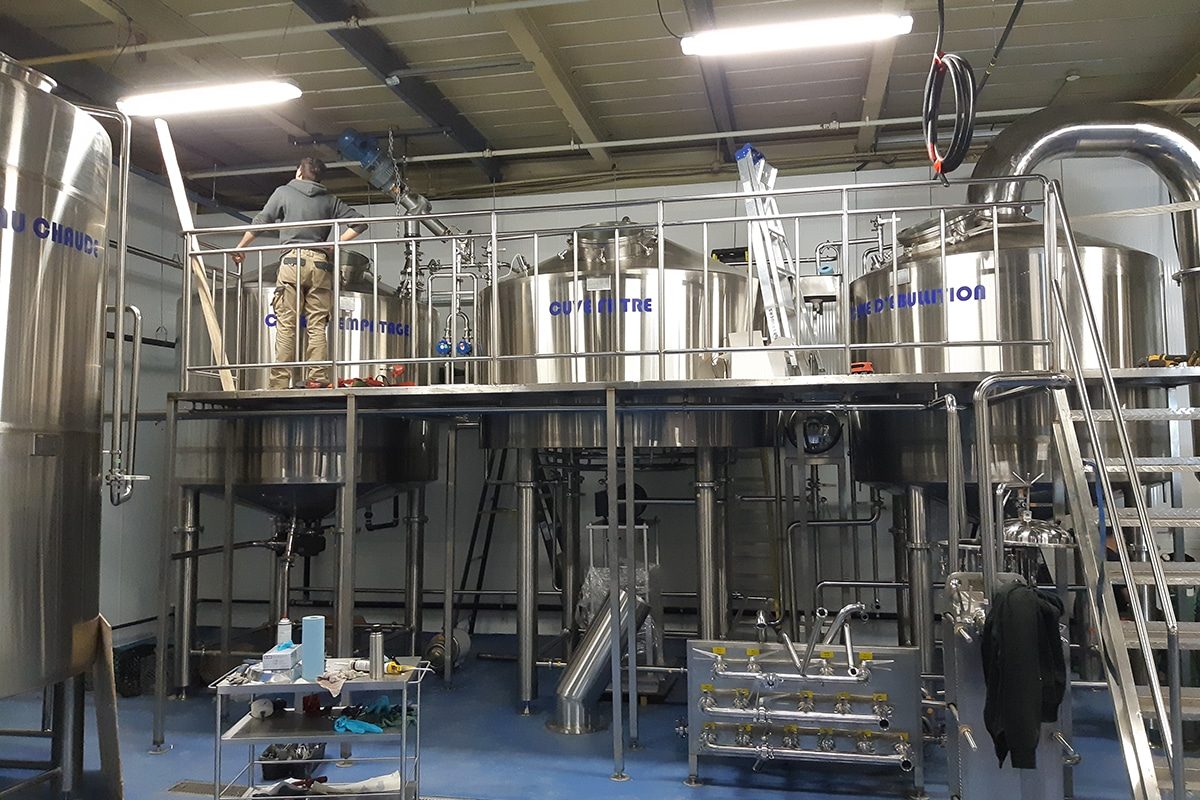
Key Components of the Brewhouse Equipment
Mash Tun
Lauter Tun
Boil Kettle
Whirlpool
Heat Exchanger
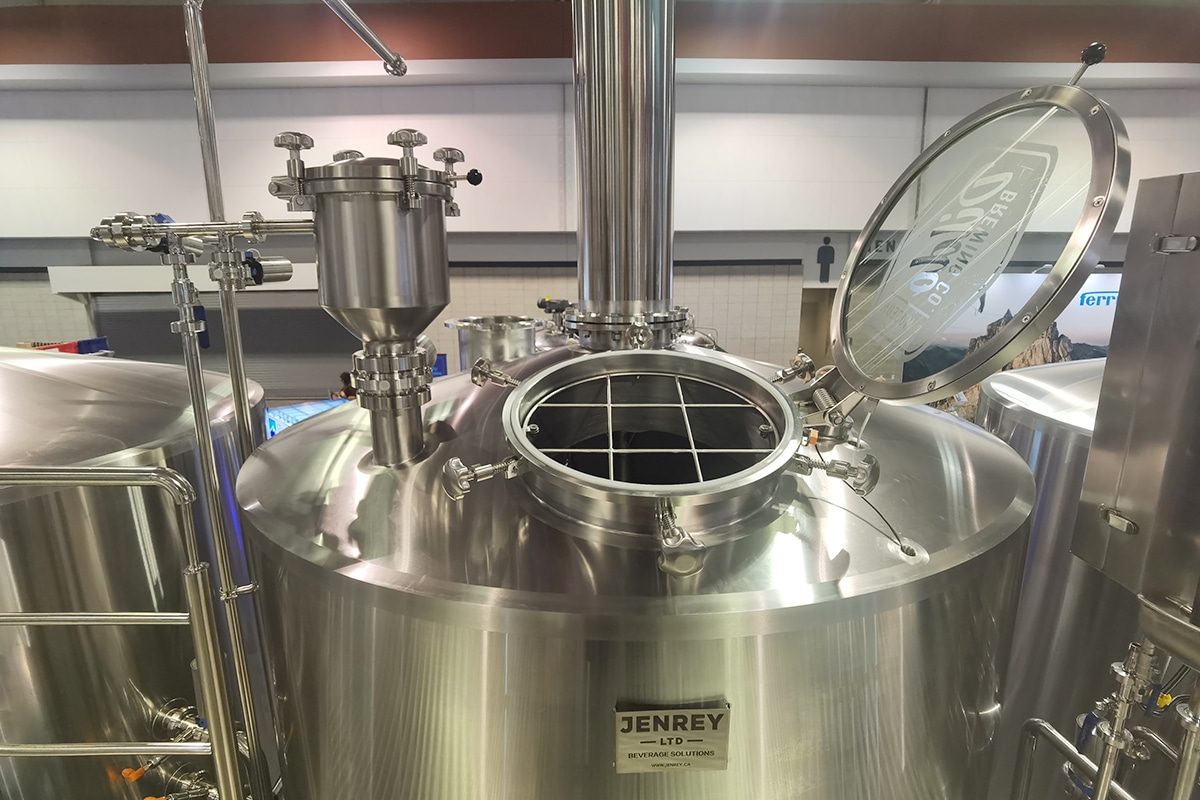
The Science of Brewing in the Brewhouse Equipment
Enzymatic Reactions
Maillard Reactions
Hop Utilization
Cooling
Oxygenation
Other Critical Processes
- Clarification and Trub Separation: After the boil, the wort is transferred to the whirlpool, where centrifugal forces help separate solid particles, known as trub, from the liquid wort. Effective trub separation is crucial for producing a clear wort, which in turn leads to cleaner fermentation and a higher-quality final product. The design of the whirlpool, including the inlet and outlet positioning, is optimized to maximize trub separation and minimize wort losses.
- Yeast Fermentation: Though not strictly part of the brewhouse equipment, yeast fermentation is a crucial subsequent step where the science of brewing continues. Yeast metabolizes the fermentable sugars in the wort, producing alcohol, carbon dioxide, and various flavor compounds. The specific yeast strain, fermentation temperature, and wort composition significantly influence the beer’s final flavor profile. Understanding yeast metabolism and managing fermentation conditions can help produce consistent, high-quality beer.
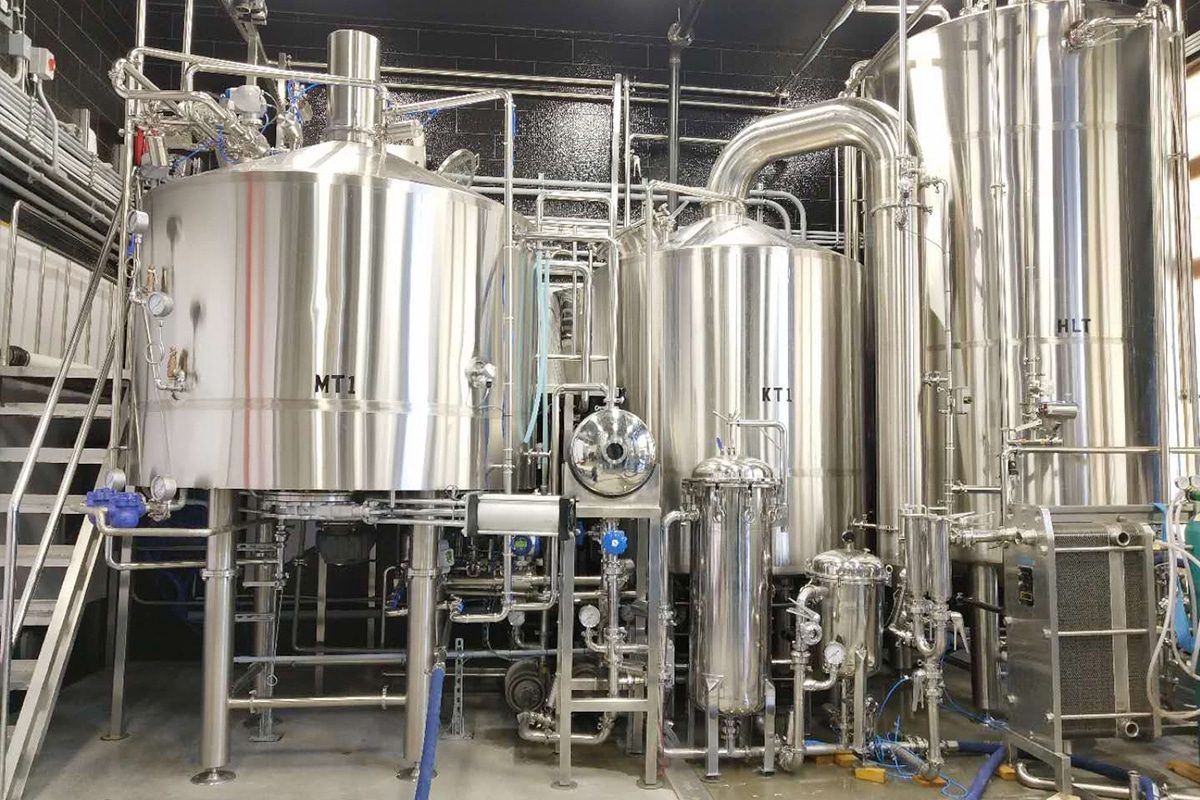
Impact of Brewhouse Equipment
Impact on Quality Control
Quality control during the brewing process helps ensure that each batch of beer meets consistent standards for taste, aroma, appearance, and overall quality. Brewhouse equipment plays a central role in achieving this consistency.
- Precision and Consistency: Advanced brewhouse equipment allows for precise control over critical brewing parameters such as temperature, pH, and timing. Automated systems and sensors help maintain these parameters within tight tolerances, reducing variability between batches and ensuring consistent product quality.
- Monitoring and Data Collection: Modern brewhouse equipment is equipped with sophisticated monitoring systems that collect real-time data on the brewing process. This data can be analyzed to detect any deviations from the desired conditions, allowing brewers to make adjustments promptly. Continuous monitoring helps identify potential issues before they affect the final product.
- Sanitation and Hygiene: High-quality brewhouse equipment is designed for easy cleaning and sanitation, reducing the risk of contamination. Clean-in-place (CIP) systems automate the cleaning process, ensuring that tanks, pipes, and other equipment are thoroughly sanitized. This minimizes the risk of microbial contamination, which can adversely affect beer quality.
Impact on Sustainability and Efficiency
Sustainability and efficiency are increasingly important in brewing, both for environmental reasons and economic viability. Brewhouse equipment significantly impacts these areas through resource conservation and operational efficiency.
- Energy Efficiency: Modern brewhouse equipment is designed to minimize energy consumption. Heat recovery systems, efficient boilers, and well-insulated vessels help reduce the amount of energy required for processes such as mashing, boiling, and cooling. By optimizing energy use, breweries can lower their carbon footprint and reduce operational costs.
- Water Conservation: Water is a critical resource in brewing, used in various stages including mashing, cooling, and cleaning. Advanced brewhouse equipment incorporates water-saving technologies such as recirculation systems and efficient CIP processes. These systems reduce water waste and allow for the reuse of water where possible, promoting sustainability.
- Waste Management: Efficient brewhouse equipment also plays a role in managing waste. Systems designed for effective trub and spent grain separation ensure that these by-products can be repurposed, such as for animal feed or composting. Wastewater treatment systems help breweries treat and reuse water, reducing the environmental impact.
- Automation and Optimization: Automated brewhouse systems enhance efficiency by streamlining operations and reducing manual labor. These systems optimize the use of raw materials and energy, minimizing waste and maximizing yield. Automation also allows for more consistent production schedules, improving overall operational efficiency.
Impact on Beer Style
The design and functionality of brewhouse equipment significantly influence the range of beer styles a brewery can produce. Different beer styles require specific processes and conditions, which are facilitated by specialized equipment.
- Versatility in Brewing Processes: High-quality brewhouse equipment provides the versatility needed to produce a wide variety of beer styles. For example, equipment that can precisely control temperature and stage mash can produce complex, malty, and rich beers like bocks and stouts. Likewise, equipment designed for efficient hop utilization and late hop additions can produce hop-heavy beer styles like IPAs and pale ales.
- Flavor and Aroma Development: The ability to control boil intensity, hop additions, and fermentation conditions allows brewers to fine-tune the flavor and aroma profiles of their beers. For example, a well-designed whirlpool can enhance hop aroma by effectively separating trub while preserving volatile hop compounds. Fermentation tanks with precise temperature control enable desired ester and phenol profiles to be achieved in ales and lagers.
- Consistency and Reproducibility: Advanced brewhouse equipment ensures that specific beer styles can be reproduced consistently. This is important for maintaining brand identity and meeting consumer expectations. Automated recipe management systems allow brewers to replicate successful batches with high accuracy, ensuring that each beer style maintains its unique characteristics across different production runs.
- Innovation and Experimentation: Modern brewhouse equipment also supports innovation and experimentation. Brewers can experiment with different ingredients, brewing techniques, and fermentation processes to create new and unique beer styles. This flexibility can help stay competitive in a dynamic market and meet changing consumer preferences.
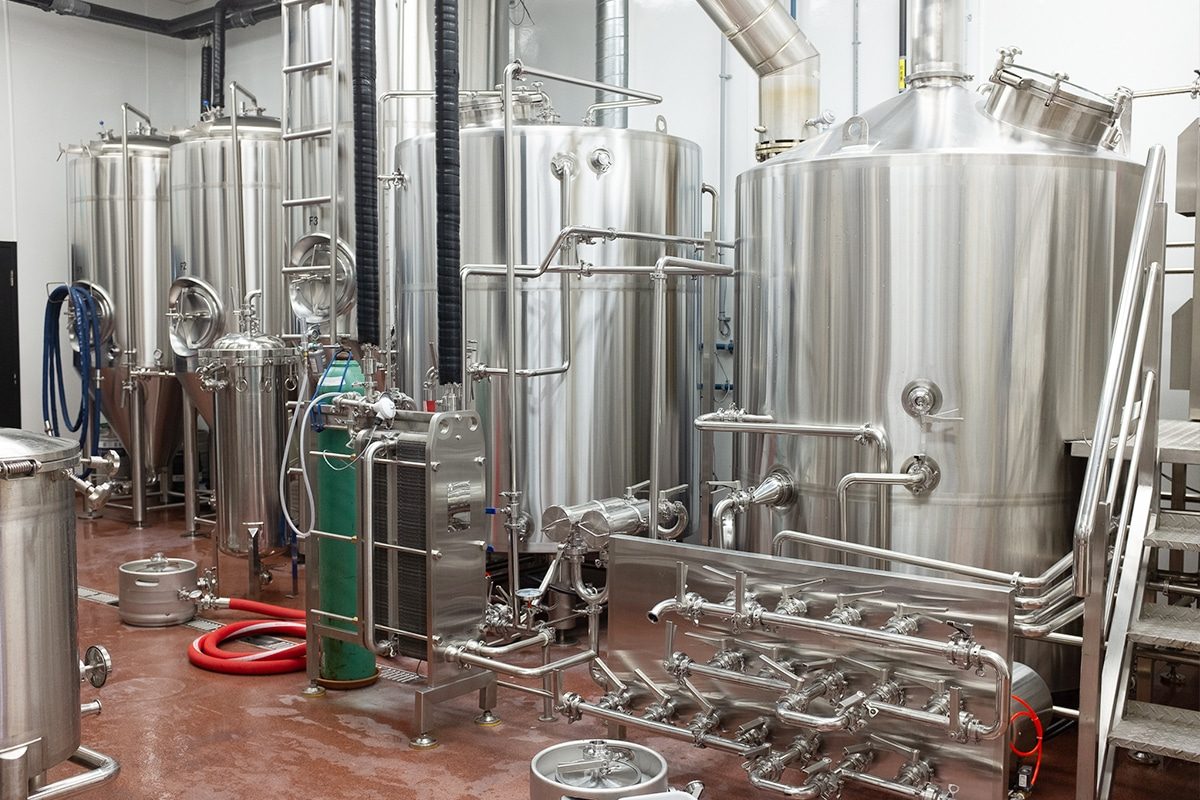
Summarize
